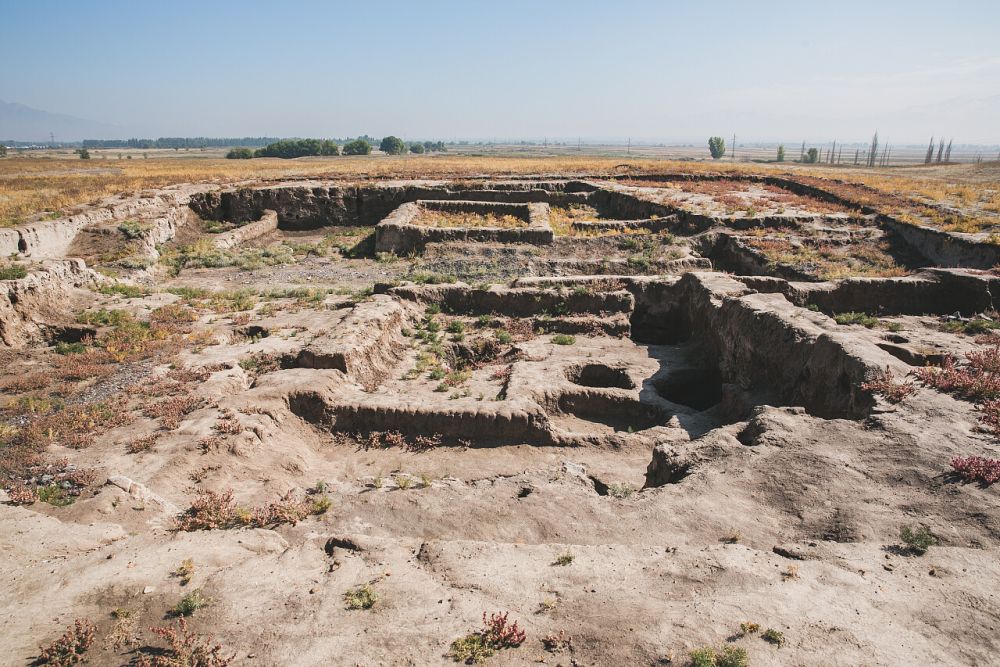

The history of tourism at AkBeshim Ruins in Tokmok, Kyrgyzstan, intersects with the region's rich historical significance and cultural heritage. The AkBeshim Ruins are the remnants of the ancient city of Suyab, which was a prominent trade center along the Silk Road. Dating back to the 6th century, these ruins are a witness to the evolution of various cultures, including the Turkic, Sogdian, and Chinese influences that once flourished here.
AkBeshim served as a major economic and cultural crossroad between the East and West, leaving behind a legacy that is integral to understanding the region’s history. It was once part of the Kara-Khanid Khanate, a Turkic state that ruled over large areas of Central Asia. The archaeological significance of AkBeshim was recognized when remnants of an ancient citadel, Buddhist temples, and residential quarters were uncovered, revealing a diverse and complex society.
Tourism at AkBeshim Ruins began to take shape with archaeological expeditions and historical interest in the Silk Road. The rise in cultural tourism has led to increased awareness and visitation of ancient historical sites such as AkBeshim. Efforts from the Kyrgyz government and international institutions to promote the Silk Road heritage have further propelled AkBeshim into the spotlight over recent years.
As tourists visit AkBeshim, they can immerse themselves in the ruins, envisaging the bustling marketplaces and the confluence of different cultures that once interacted in this historic city. In addition to the architectural ruins, numerous artifacts, such as coins, ceramics, and inscriptions, have been discovered, providing a tangible link to the past.
In recent years, there has been a surge in eco-friendly and sustainable tourism. Many visitors are now seeking experiences that are responsible and respectful towards the heritage and environment. Furthermore, the emergence of virtual tourism due to the global situation regarding travel has seen virtual tours and augmented reality apps being developed to experience sites like AkBeshim remotely.
As global interest in the Silk Road’s history continues to grow, so does the potential for AkBeshim Ruins to become a key site on the cultural tourism map. With the right investment in tourism infrastructure and continued conservation efforts, AkBeshim is poised to remain a significant historical destination, fostering better understanding and appreciation of Central Asia’s contribution to global history.